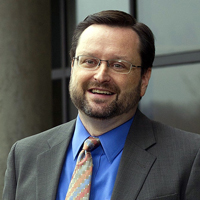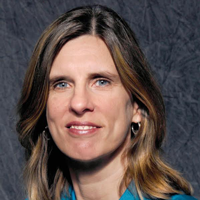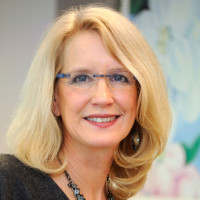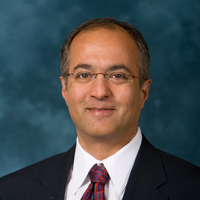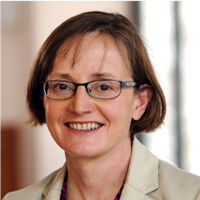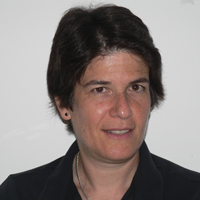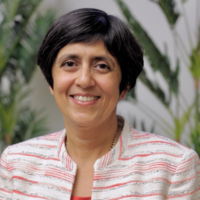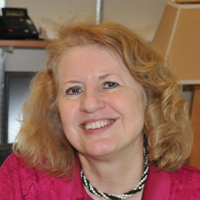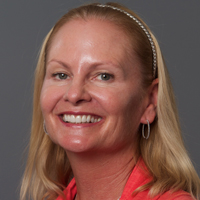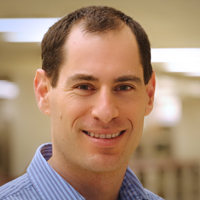
Research Highlight: CRA Board Member Josep Torrellas
As Stanford professor John Hennessy once said, “[P]arallelism and ease of use of truly parallel computers … [is] a problem that’s as hard as any that computer science has faced.” As my Ph.D. advisor, Hennessy instilled in me a desire to conquer this problem, and I have been working at it for the last 30 years. Specifically, my research focuses on parallel computer architecture, with an emphasis on shared-memory organizations and their software layers.


